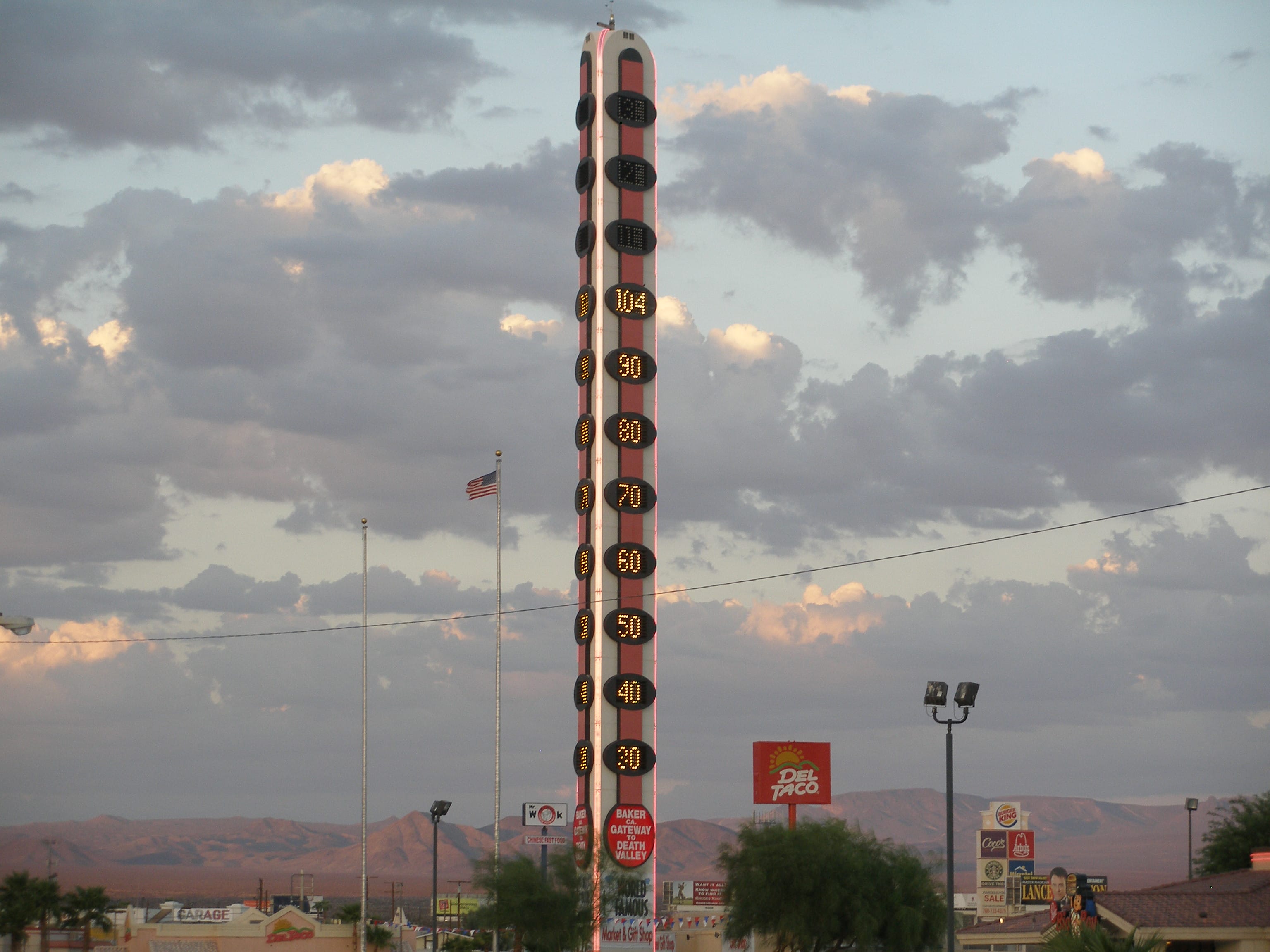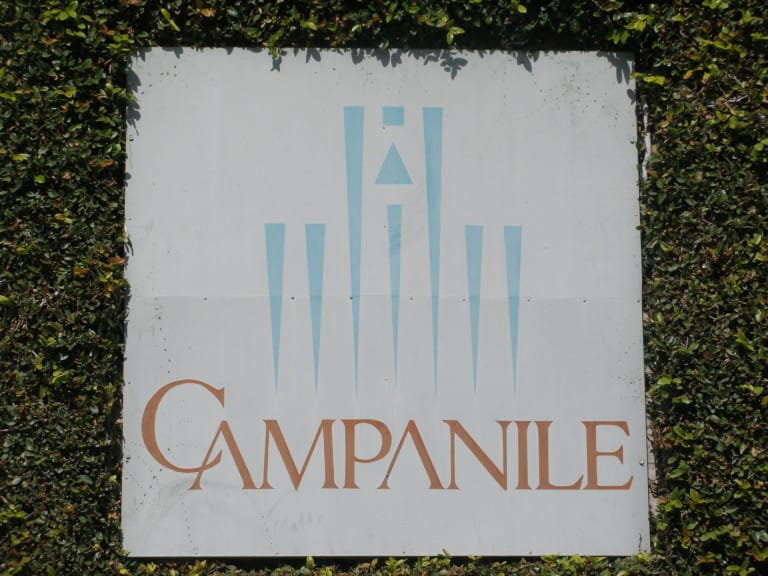When somebody lives in a place like Baker, a desolate California town in the Mojave Desert with only 735 residents that’s best known for The World’s Tallest Thermometer, it gets tougher to write off restaurants given such a limited inventory. According to Yelp, Baker houses just 21 restaurants, mostly chains. In clear contrast, my adopted city of Los Angeles contains over 26,000 restaurants, per County of Los Angeles Public Health statistics. That’s over 1,000 times the number of Baker restaurants. So many options are within reach on a daily basis, not including constant turnover, that it would be impossible to ever make a dent in the city’s collective menu. With nearly unlimited options in larger cities like L.A., Chicago, or New York, when do restaurants deserve repeat business? The answer’s complicated.
It would be easy to 86 a restaurant if a server inexplicably harpooned your cheek with a fork like a trident or served a platter of room temperature oysters that smelled like blue cheese. Let’s be real. Most restaurants aren’t all that thrilling, and probably aren’t going to inflict pain. Generally, it’s worth forgiving under-seasoned fries, a grumpy waiter or a water glass that sits empty for a bit too long. These forgettable slights are hardly indignities. Chalk it up to an off-day (or night). The bulk of restaurant meals deliver pretty good food and adequate service in an unobjectionable setting and can bear repeating in certain circumstances. It becomes easier to nitpick when options increase.
Ultimately, restaurant choices exist on a sliding scale that account for four variables: flavor, cost, convenience, and proximity. A dream restaurant would check every box, but most meals require diners to prioritize, pick and choose what’s most important in that moment.
A timely craving might carry the moment, or possibly budgetary constraints. Sometimes, if a toddler’s over-tired and crying in the car, a drive-through is the only possible play. Other times, it may not be worth driving across town to snag prized tacos starring market ingredients and house-made tortillas when a simply passable taqueria is closer. Especially during rush hour in cities like Atlanta or Washington, D.C., when a brick wall might as well exist between drivers and culinary bliss. Parking is also important. If a strip mall has plentiful, free parking, a chain restaurant could suddenly become much more attractive, even if their food is only fair. Of course, “Sometimes you want to go, where everybody knows your name,” quality aside. All of these considerations factored into My Regular Los Angeles Restaurants (a story that needs updating).
“Where should we eat?” is a question fraught with debate, and having more options can be a stress multiplier. I’m certainly grateful of L.A.’s nearly unparalleled culinary range, but in some ways, it may be easier to live in a small town like Baker. People are no doubt more forgiving of their restaurant meals. They have no choice.









Leave a Comment